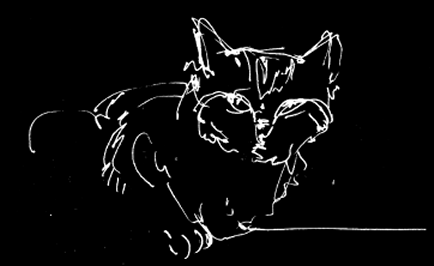High Blood Pressure and the DASH Diet
One step to lower high blood pressure: Incorporate the DASH diet into your lifestyle. Doctors recommend:
- Eating more fruits, vegetables, and low-fat dairy foods
- Cutting back on foods that are high in saturated fat, cholesterol, and trans fats
- Eating more whole grain products, fish, poultry, and nuts
- Eating less red meat (especially processed meats) and sweets
- Eating foods that are rich in magnesium, potassium, and calcium
The DASH diet, which stands for Dietary Approaches to Stop Hypertension, is an example of such an eating plan. In studies, patients who were on the DASH diet reduced their blood pressure within two weeks. Another diet -- DASH-Sodium -- calls for reducing sodium (salt) to 1,500 mg a day (about 2/3 teaspoon). Studies of patients on the DASH-Sodium plan significantly lowered their blood pressure as well.
Starting the DASH Diet
The DASH diet calls for a certain number of servings daily from various food groups. The number of servings you require may vary, depending on your caloric need. When beginning the diet, start slowly and make gradual changes. Consider adopting a diet plan that allows 2,400 mg of salt per day (about 1 teaspoon). Then, once your body has adjusted to the diet, further lower your salt intake to 1,500 mg per day (about 2/3 teaspoon). These amounts include all salt eaten, including salt in food products as well as in what you cook with or add at the table.
Here are some tips to get you started on the DASH diet:
- Add a serving of vegetables at lunch and at dinner.
- Add a serving of fruit to your meals or as a snack. Canned and dried fruits are easy to use.
- Use only half your typical serving of butter, margarine, or salad dressing, and use low-fat or fat-free condiments.
- Drink low-fat or skim dairy products any time you would normally use full fat or cream.
- Limit meat to 6 ounces a day. Try eating some vegetarian meals.
- Add more vegetables and dry beans to your diet.
- Instead of typical snacks (chips, etc.), eat unsalted pretzels or nuts, raisins, low-fat and fat-free yogurt, frozen yogurt, unsalted plain popcorn with no butter, and raw vegetables.
- Read food labels carefully to choose products that are lower in sodium.
Staying on the DASH Diet
The following is a list of food groups and suggested serving amounts for the DASH diet:
- Grains: 7-8 daily servings
- Vegetables: 4-5 daily servings
- Fruits: 4-5 daily servings
- Low-fat or fat-free dairy products: 2-3 daily servings
- Meat, poultry, and fish: 2 or less daily servings
- Nuts, seeds, and dry beans: 4-5 servings per week
- Fats and oils: 2-3 daily servings
- Sweets: try to limit to less than 5 servings per week
How Much Is a Serving?
When you're trying to follow a healthy eating plan, it may help to know how much of a certain kind of food is considered a "serving." The following table offers some examples.
| SERVING SIZES |
| Food/amount |
| 1/2 cup cooked rice or pasta |
| 1 slice bread |
| 1 cup raw vegetables or fruit |
| 1/2 cup cooked vegetables or fruit |
| 8 ounces of milk |
| 1 teaspoon olive oil |
| 3 ounces cooked meat |
| 3 ounces tofu |

No comments:
Post a Comment